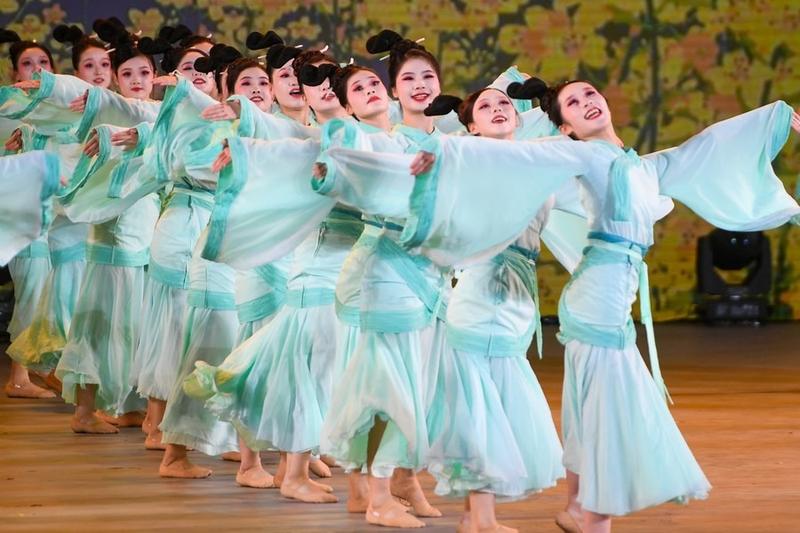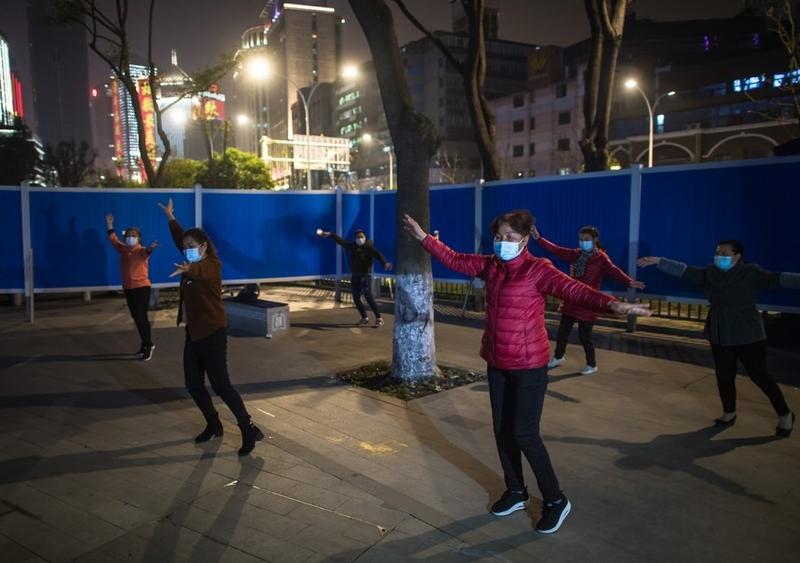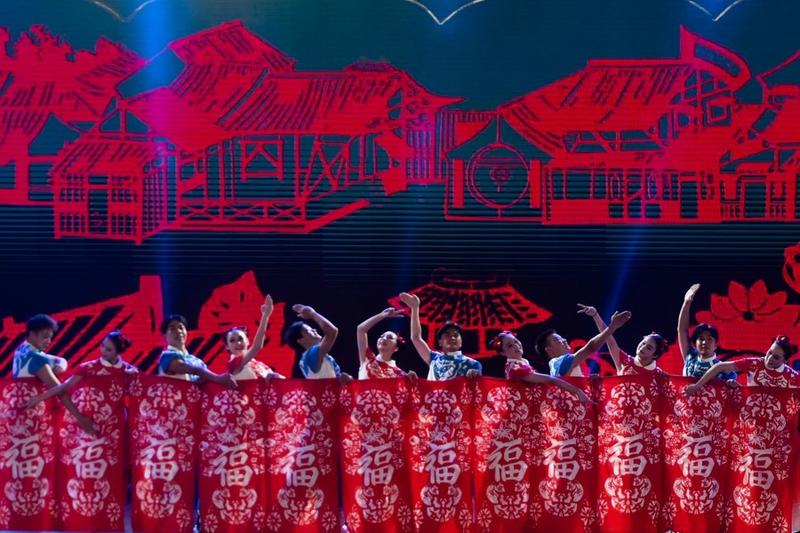 People perform during a popularizing event of square dance in Huanggang, central China's Hubei Province, Sept. 8, 2023. (PHOTO / XINHUA)
People perform during a popularizing event of square dance in Huanggang, central China's Hubei Province, Sept. 8, 2023. (PHOTO / XINHUA)
WUHAN — Adorned in her elegant dance costume, Wang Xiaolan, the founder of a square dance troupe in Central China's Hubei province, relishes her regular practices and gatherings with fellow dancers.
"Dancing brings me a sense of achievement," the 59-year-old retiree says. "It has enriched our lives after retirement."
We would like to popularize the dance form in schools and colleges to get more young people involved.
Zhou Jing, head of a square dance group
Over the past five years, Wang's dance group grew from 28 to 38 members, with many younger participants joining in.
Currently, the troupe is led by a 22-year-old teacher.
This reflects a broader trend in the country, where square dancing, which gained popularity over a decade ago, is transcending age groups and evolving into a more aesthetically oriented form of physical exercise.
Shu Ying, in her 30s, is a choreographer in Wang's troupe. "I was touched by the passion of the aunties, and I began to understand more about square dancing," she says.
 People perform a square dance for fun after dinner in a community of Jianghan District of Wuhan, capital of central China's Hubei Province, April 2, 2020. (PHOTO / XINHUA)
People perform a square dance for fun after dinner in a community of Jianghan District of Wuhan, capital of central China's Hubei Province, April 2, 2020. (PHOTO / XINHUA)
Noting that the standard is rising and there is a greater diversity of forms, Shu says the dance is not solely for senior people, but for anyone who loves singing and dancing. "It can serve as spiritual sustenance for people, and bring them joy, regardless of their age group."
The population of Chinese people aged 60 or above has reached 264.02 million, including 190.64 million people aged 65 or above, or 13.5 percent of the total population, according to data from the seventh national census released in 2021.
According to Gan Lu, a choreographer with the China Oriental Performance Arts Group, when square dancing started, its initial aim was to cater to the social and physical exercise needs of middle-aged women, particularly those between 46 and 65 years old, including retirees.
While this is still the case, square dancing is gradually incorporating elements of professional dance, local opera and folk music, Gan explains.
For instance, in Hubei's Jingzhou city, which was once visited by famous Tang Dynasty (618-907) poet Li Bai, a square dance group of 50 students has performed a dance inspired by one of his famous poems.
 People perform during a popularizing event of square dance in Huanggang, central China's Hubei Province, Sept. 8, 2023. (PHOTO / XINHUA)
People perform during a popularizing event of square dance in Huanggang, central China's Hubei Province, Sept. 8, 2023. (PHOTO / XINHUA)
According to Zhou Jing, head of the group, the average age of the dancers is only 20 years old.
"We would like to popularize the dance form in schools and colleges to get more young people involved," she says.
In October 2020, a square dance competition was held at Wuhan University of Bioengineering, attracting 1,000 people, which went viral online.
According to people online, the event "rekindled their appreciation for square dancing".
In a survey conducted by Hubei Masses Art Center, a government-supported cultural organization, about two-thirds of the respondents expressed a positive attitude toward the dance, with the strongest support coming from those born in the 1960s and 1990s.
Support from local governments has played a crucial role in popularizing square dancing.
Governments, from the provincial level to the grassroots, have allocated special funds for training, promotion and performance.
In Hubei alone, with a population exceeding 58 million, there are more than 12,000 square dance troupes, and more than 89 percent of villages have at least one square dance group.


